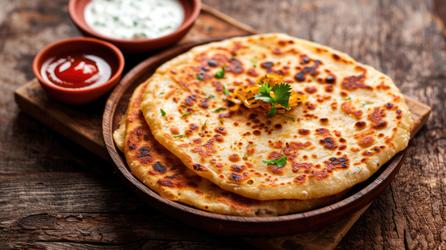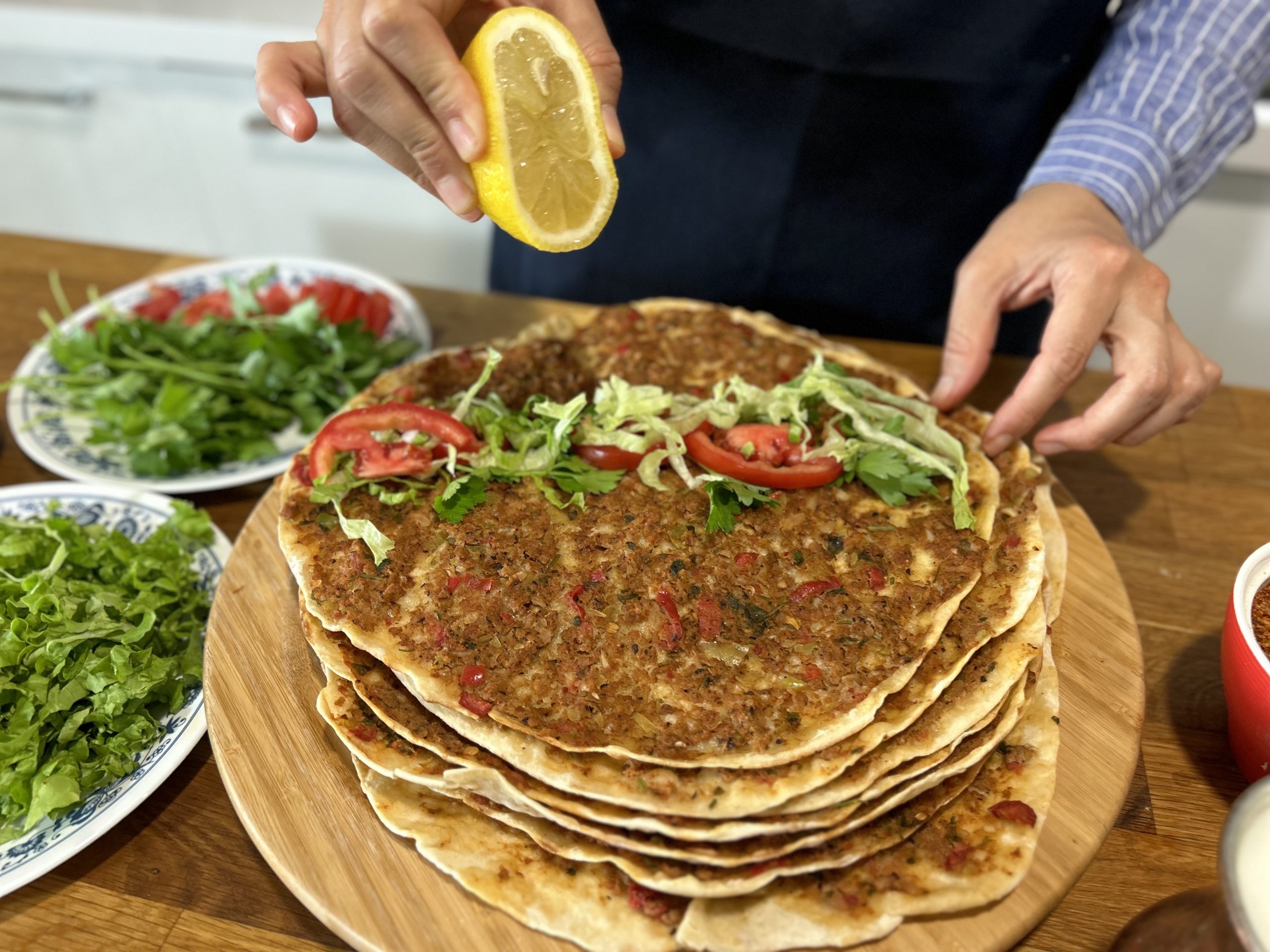meatthesavages.com – Roti Canai is a beloved flatbread that holds a cherished place in the culinary traditions of Malaysia and beyond. Known for its flaky texture and versatility, this delicious dish has captivated the taste buds of many. Often served with dhal or curry, Roti Canai is more than just a meal; it’s a cultural experience.
The Origins of Roti Canai
Roti Canai, sometimes referred to as “roti chennai,” has origins that trace back to India, brought to Malaysia by Indian Muslim immigrants. Over time, it has evolved into a uniquely Malaysian dish, integrating local flavors and styles. The name “Canai” is believed to be derived from Chennai, an Indian city, highlighting its Indian roots.
The Art of Making Roti Canai
Creating Roti Canai is as much an art as it is a culinary skill. The dough, made from flour, water, eggs, and ghee (clarified butter), is kneaded and then left to rest. The magic happens when the dough is stretched and folded, creating layers upon layers that result in its signature flakiness. This process requires skill and practice, as the dough must be spun and twirled in the air to achieve the perfect texture.
Serving and Enjoying Roti Canai
Traditionally, Roti Canai is served with dhal, a lentil-based curry, or other types of rich and flavorful curries. Its versatility allows it to pair well with various accompaniments, from spicy sambals to sweet condensed milk for a dessert-like treat. A popular choice for breakfast or a snack, it is often enjoyed with a hot cup of teh tarik, Malaysia’s famous pulled tea.
Roti Canai Around the World
While Roti Canai is a staple in Malaysian cuisine, its popularity has spread internationally. Many Malaysian restaurants around the world offer this dish, introducing it to new audiences. Its unique combination of textures and flavors makes it a favorite among those seeking a taste of Southeast Asian cuisine.
Conclusion
Roti Canai is more than just a flatbread; it is a symbol of cultural fusion and culinary artistry. Whether enjoyed with a savory curry or a sweet topping, this delightful dish offers a taste of Malaysia’s rich culinary heritage. The next time you have the opportunity to try Roti Canai, savor each bite and appreciate the skill that goes into making this beloved flatbread.

